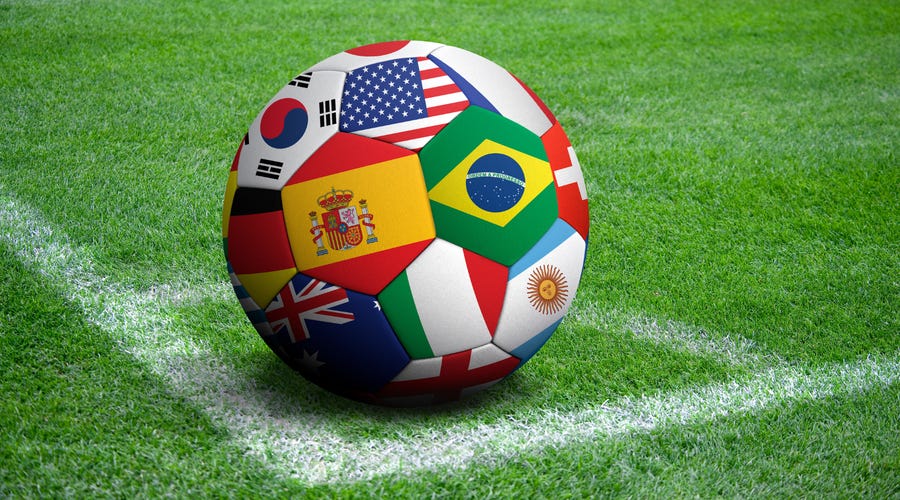When the World Cup kicks off in just a few short weeks, it will be the 22nd running of the competition. As one of the premier sporting events in the world, it is truly a global event that brings together cultures from all over the world.
As a melting pot of cultures, one of the most interesting aspects of the World Cup each year is language. This year, there will be 23 different official languages represented and how those languages are used on the field, in the stands and outside the stadiums is always fascinating.
To help get you prepared for this year’s World Cup, we’ve put together a definitive list of all the different languages and cultures that will be present this year.




.jpeg?auto=webp&format=pjpg&quality=80&width=800&height=800&fit=crop&crop=800:600,smart)
.jpeg?auto=webp&format=pjpg&quality=80&width=800&height=800&fit=crop&crop=800:600,smart)
.jpeg?auto=webp&format=pjpg&quality=80&width=800&height=800&fit=crop&crop=800:600,smart)